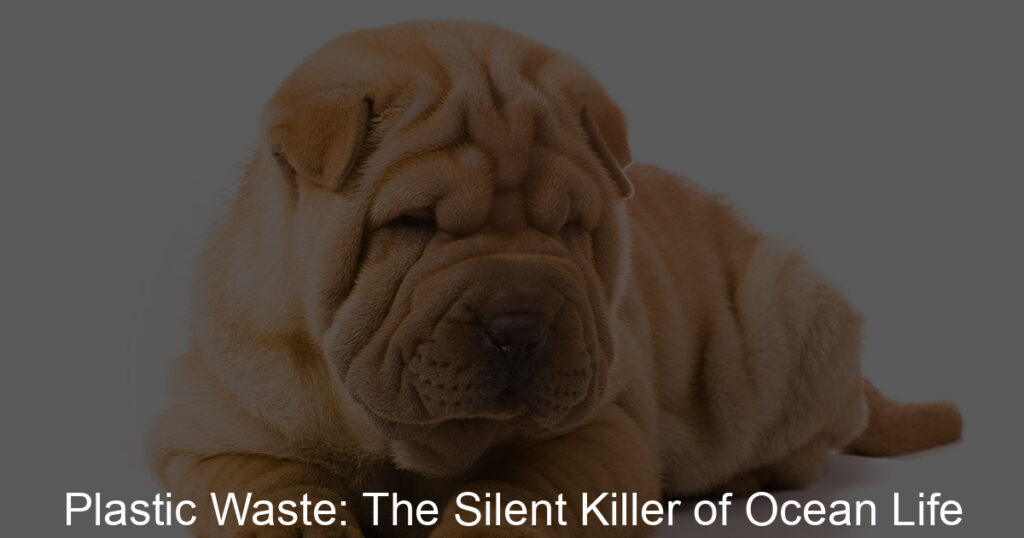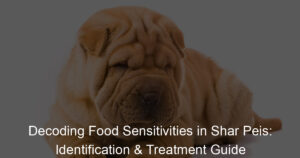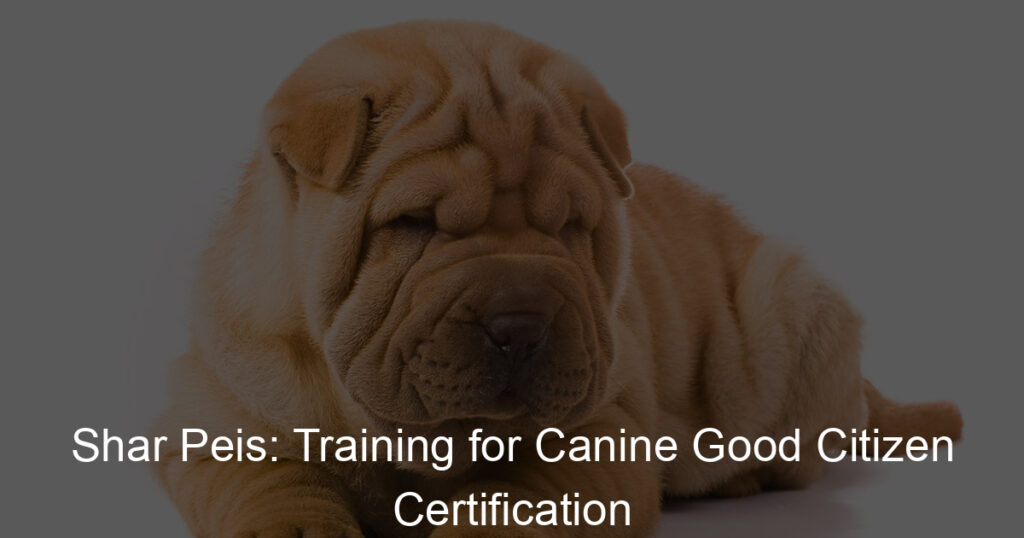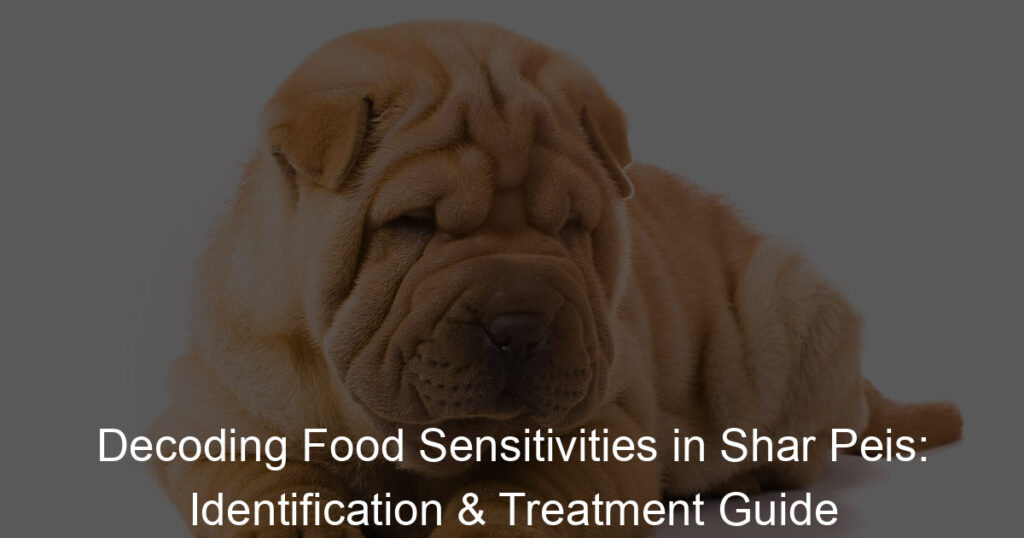Introduction: The Growing Problem of Plastic Pollution in Oceans
Our beautiful oceans are in danger, and the culprit is something we use every day – plastic. This problem is growing bigger every day, and it’s time we all learned more about it.
- Overview of the global plastic waste issue
- How plastic waste ends up in the ocean
- Statistics on the amount of plastic waste in the ocean
Plastic is everywhere. It’s in our homes, our schools, and even our favorite places to play. But did you know that a lot of it ends up as waste? Every year, we produce about 300 million tons of plastic waste. That’s almost the same weight as all the adults in the world! And the worst part? Only 9% of all the plastic we’ve ever made has been recycled. The rest ends up in our environment, causing harm to our planet and its creatures.
So, how does all this plastic waste end up in the ocean? Well, it’s a journey. Sometimes, it’s blown by the wind from a landfill into a river, and then carried out to sea. Other times, it’s washed into the ocean by rainwater that runs off our streets, fields, and beaches. And sometimes, it’s dumped directly into the ocean from ships or offshore platforms. No matter how it gets there, it’s clear that we need to do a better job of keeping our plastic waste out of the ocean.
Now, let’s talk numbers. Scientists estimate that there are over 5 trillion pieces of plastic floating in our oceans. That’s more than the number of stars in our galaxy! And every year, another 8 million tons of plastic waste find their way into the ocean. If we don’t do something about this, by the year 2050, there could be more plastic in the ocean than fish. That’s a scary thought, isn’t it?
So, as you can see, plastic pollution in our oceans is a big problem. But don’t worry, it’s not all bad news. In the next sections, we’ll talk about the effects of this pollution on marine life, how it impacts the marine ecosystem, and what we can do to help. So, keep reading!
Effects of Plastic Waste on Marine Life
Did you know that our marine buddies are in trouble because of plastic waste? Let’s dive deeper into how this material impacts their lives.
Physical Impact of Plastic on Sea Creatures
Plastic can harm sea creatures in many ways. Here are three of the most common ways:
- Entanglement in plastic debris
- Ingestion of plastic waste
- Impact on marine animal health and lifespan
Many sea creatures, like turtles, seals, and birds, can get tangled up in plastic waste. This can make it hard for them to swim, find food, or escape from predators. According to a study, nearly 700 species have been reported entangled in plastic debris.
Some sea creatures mistake plastic for food and eat it. This can make them feel full when they’re not, which can lead to starvation. It can also cause blockages in their digestive system. A shocking fact is that 90% of seabirds have plastic in their stomachs.
Plastic can harm the health of sea creatures and even shorten their lives. For example, chemicals in plastic can affect a creature’s growth and reproduction. Also, creatures that eat plastic often have health problems like injuries to their digestive system or malnutrition.
In conclusion, plastic waste is a silent killer in our oceans. It’s hurting sea creatures in many ways and making it harder for them to survive. We need to do our part to reduce plastic waste and protect our oceans.
Chemical Impact of Plastic Waste on Marine Life
Plastic waste doesn’t just harm ocean life by tangling them up or being eaten. It also has a dangerous chemical impact. Let’s explore this further.
- Leaching of harmful chemicals from plastic into the ocean
When plastic waste enters the ocean, it doesn’t just float around. Over time, the sun, saltwater, and ocean currents break down the plastic into tiny pieces called microplastics. But that’s not all. As the plastic breaks down, it releases harmful chemicals into the water. These chemicals include things like bisphenol A (BPA), which can interfere with the body’s hormones, and polychlorinated biphenyls (PCBs), which are known to cause cancer.
- Impact of these chemicals on marine animal health
These chemicals don’t just stay in the water. They get into the bodies of marine animals. When fish and other sea creatures eat the microplastics, they also ingest the harmful chemicals. This can cause a lot of health problems for these animals. For example, the chemicals can damage their organs, disrupt their growth and reproduction, and even shorten their lifespan.
Here’s a shocking fact: according to a study, around 700 marine species are threatened by plastic pollution. And it’s not just the small creatures. Even large marine animals like whales and dolphins are affected. They can ingest large amounts of plastic and the harmful chemicals it contains, leading to serious health problems and even death.
Next time you spot a plastic bag or bottle, consider the unseen threats it carries for our seas. Keep in mind, each plastic item we prevent from reaching the ocean contributes to the safety of our valuable sea creatures.
| Chemical | Effect on Marine Life |
|---|---|
| Bisphenol A (BPA) | Interferes with hormones, can disrupt growth and reproduction |
| Polychlorinated biphenyls (PCBs) | Known to cause cancer, can damage organs and shorten lifespan |
Plastic Waste and the Marine Ecosystem
Did you know that our seas teem with life, from tiny plankton to gigantic whales? However, there’s an unwelcome guest in these waters – plastic debris. This intruder is wreaking havoc on our marine habitats.
Impact on Marine Flora
Marine flora, or ocean plants, play a crucial role in the health of our oceans. They produce oxygen, provide food, and create habitats for other marine life. But plastic waste is threatening these important plants.
- How plastic debris affects ocean plants: Plastic waste can block sunlight from reaching ocean plants. Without sunlight, these plants can’t perform photosynthesis, the process they use to make food. This can cause the plants to die. For example, a study found that in areas with high levels of plastic pollution, there was a significant decrease in the amount of seagrass, a type of ocean plant.
- Consequences for the marine food chain: When ocean plants die, it affects the entire food chain. Many small marine animals rely on these plants for food. Without them, these animals can starve. This can then affect larger animals that eat the smaller ones. For instance, if there are fewer small fish because they don’t have enough to eat, then larger fish and marine mammals that eat small fish may also start to decline.
So, as you can see, plastic waste in our oceans is not just a problem for the animals that live there. It’s also a problem for the plants, and for the entire marine food chain. In the next section, we’ll look at how plastic waste affects marine animals.
Impact on Marine Fauna
Our oceans are home to a wide variety of amazing creatures. But, plastic waste is causing big problems for these animals. Let’s take a closer look at how plastic debris affects different species of marine animals and the consequences for biodiversity in the ocean.
- How plastic debris affects different species of marine animals
- Consequences for biodiversity in the ocean
Plastic waste can harm marine animals in many ways. Some animals, like sea turtles and whales, might mistake plastic for food and eat it. This can make them very sick or even cause them to die. Other animals, like seals and dolphins, can get tangled in plastic waste and have trouble swimming or breathing.
Did you know that over 1 million seabirds and 100,000 marine mammals die each year from plastic pollution? That’s a lot of animals!
Biodiversity means the variety of life in a particular habitat or ecosystem. When plastic waste harms or kills marine animals, it can reduce biodiversity in the ocean. This is bad because biodiversity is important for a healthy ecosystem.
For example, if sea turtles eat plastic and get sick, there might be fewer sea turtles in the ocean. This can affect other animals and plants in the ecosystem that depend on sea turtles for survival.
Undeniably, the issue of plastic debris is a significant threat to our sea creatures and the overall health of our oceans. However, if we unite our efforts, we have the power to lessen this plastic menace and safeguard our incredible marine species.
| Marine Animal | How Plastic Affects Them |
|---|---|
| Sea Turtles | Eat plastic, mistaking it for food, which can make them sick or cause death. |
| Whales | Can ingest large amounts of plastic, leading to malnutrition or starvation. |
| Seals and Dolphins | Can get tangled in plastic waste, causing injury or preventing them from swimming and breathing properly. |
Case Studies: Consequences of Oceanic Plastic Waste
Are you ready to explore some specific instances of how our oceanic friends are suffering due to plastic pollution?
-
Case Study 1: The Great Pacific Garbage Patch
The Great Pacific Garbage Patch is a huge area of the ocean where plastic waste has gathered because of ocean currents. It’s almost twice the size of Texas! This floating “island” of trash is mostly made up of plastic items. It’s a big problem because it harms sea creatures and also enters our food chain.
For example, small fish mistake tiny plastic pieces for food. Then, bigger fish eat those smaller fish, and the plastic moves up the food chain. Eventually, it can end up on our plates!
-
Case Study 2: Impact on Sea Turtles in the Mediterranean
Sea turtles are beautiful creatures that have been around for millions of years. But now, they’re in danger because of plastic waste. In the Mediterranean Sea, many turtles are found with plastic in their stomachs. This can make them sick or even cause them to starve.
Scientists found that over half of the sea turtles in this area have eaten plastic. This is a big problem because sea turtles play an important role in the ocean ecosystem. They help to keep the balance by eating sea grass and jellyfish.
-
Case Study 3: Plastic Waste and Coral Reefs
Coral reefs are like the rainforests of the sea. They’re home to a quarter of all marine species! But plastic waste is a big threat to these important habitats.
When plastic gets tangled in the reefs, it can damage them. It also blocks sunlight, which the corals need to survive. Plus, plastic can carry diseases that harm the corals. In the Asia-Pacific region, about 11 billion plastic items are entangled in coral reefs. This is a big problem because healthy coral reefs are important for the whole ocean ecosystem.
These real-life examples illustrate the severity of plastic waste’s impact on our oceans. It’s not just about maintaining the ocean’s cleanliness and beauty. It’s also about ensuring the survival of the numerous species that rely on the ocean for their existence.
Addressing the Issue: Reducing Plastic Debris in the Ocean
Are you ready to tackle the issue of plastic pollution in our seas? We all have a role in this fight. Let’s discuss some actions we can take personally to minimize plastic pollution.
Individual Actions to Reduce Plastic Waste
There are two main ways we can help as individuals. We can reduce our own use of plastic, and we can make sure we dispose of plastic waste properly. Let’s look at these in more detail.
- Reducing personal plastic consumption
- Proper disposal and recycling of plastic waste
One of the easiest ways to help is to use less plastic. This might mean choosing products that don’t have a lot of plastic packaging. Or, it could mean using reusable items instead of single-use plastics. For example, we could use a reusable water bottle instead of buying bottled water. Or, we could bring our own bags to the grocery store instead of using the store’s plastic bags.
Another way to help is to make sure we dispose of plastic waste properly. This means not littering and making sure our trash ends up in a trash can. It also means recycling whenever possible. Not all plastic can be recycled, but a lot of it can. We should check the recycling rules in our area and try to recycle as much as we can.
By doing these things, we can each help reduce the amount of plastic that ends up in our oceans. It might not seem like much, but if everyone does their part, it can make a big difference.
Policy and Industry Solutions to Plastic Pollution
There are many ways we can help to stop plastic pollution in our oceans. Two of the most important are government regulations and industry innovations. Let’s take a closer look at these solutions.
- Government Regulations on Plastic Production and Waste
One way to reduce plastic waste is for governments to make rules about how much plastic can be made and thrown away. For example, some countries have banned single-use plastics like straws and bags. This means people have to use reusable items instead, which helps to reduce the amount of plastic waste.
Another rule that some governments have made is to require companies to take responsibility for the plastic waste they create. This means they have to make sure their plastic products are recycled or disposed of properly, instead of ending up in the ocean.
- Industry Innovations in Biodegradable Plastics and Recycling
Another solution to plastic pollution is for industries to come up with new ways to make and recycle plastics. One of these innovations is biodegradable plastics. These are plastics that can be broken down by bacteria and other organisms in the environment. This means they don’t stay around as long as regular plastics, which can take hundreds of years to break down.
Another innovation is better recycling methods. Some companies are finding ways to recycle plastics that were previously hard to recycle. This means less plastic waste ends up in the ocean.
Both rules set by authorities and advancements in the industry play a crucial role in curbing the issue of plastic waste in our seas. By joining forces, we can contribute to the preservation of our marine species.
Conclusion: The Future of Ocean Life and Plastic Pollution
As we conclude our voyage through the realm of plastic waste and its impact on sea creatures, let’s not forget the crucial aspects we’ve touched upon and ponder on how we can contribute to the solution.
- Summary of the impact of plastic waste on ocean life: Plastic waste is a major threat to our oceans and the creatures that live in them. From the smallest plankton to the largest whales, no marine life is safe from the dangers of plastic. It can cause physical harm, like entanglement and ingestion, and chemical harm, like the release of toxic substances. It can also disrupt the marine food chain and reduce biodiversity. Case studies like the Great Pacific Garbage Patch, the plight of Mediterranean sea turtles, and the threat to coral reefs show us just how serious this problem is.
- Importance of addressing the issue of plastic pollution: If we don’t take action now, the future of our oceans looks bleak. The health of our oceans is vital for the health of our planet. They provide us with oxygen, regulate our climate, and are home to a vast array of life. We need to reduce our plastic consumption, dispose of our waste properly, and support regulations and innovations that can help tackle this issue.
- Call to action for readers to contribute to solutions: But there’s good news! Each and every one of us can make a difference. We can reduce, reuse, and recycle. We can choose products with less packaging and bring our own bags, bottles, and containers when we go shopping. We can participate in beach clean-ups and spread the word about the dangers of plastic pollution. Remember, every little bit helps. Let’s work together to protect our oceans and the amazing creatures that live in them.
So, peering into what lies ahead, let’s not forget how crucial our seas are and the part we can take in preserving them. Why not start making a difference today for a fresher, purer, and plastic-less sea tomorrow?














